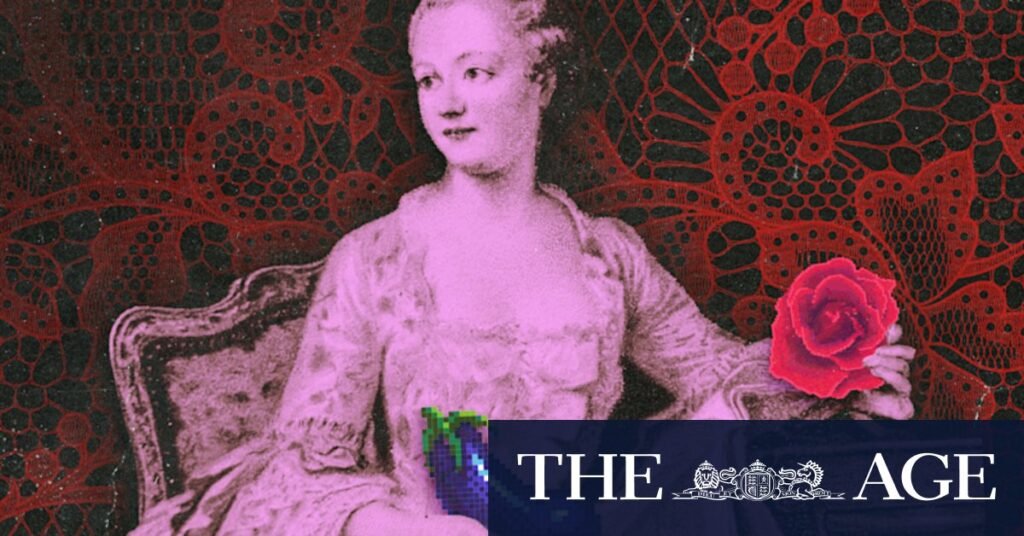
“As far as we know, the history of sex toys goes back over 28,000 years,” says Dr. Esme Louise James, a sex historian and author of Kinky History. The modern era of sexual wellness, however, is witnessing an unprecedented transformation. No longer confined to the shadows of adult stores, pleasure toys have emerged into the mainstream, reflecting a broader evolution in our understanding of health and pleasure.
Today, consumers can explore an array of options tailored to diverse tastes and preferences, available through online platforms, department stores, and independent boutiques. This shift marks a significant change from over a decade ago when adult toys, primarily aimed at women and LGBTQ individuals, began gaining traction. The cultural landscape is also shifting, with increased representations of female sexuality in media, from shows like Broad City to Girls, where vibrators have become a common fan gift.
The Historical Context of Pleasure
The use of sex toys is not a modern phenomenon. From ancient Rome to 13th-century China, artifacts believed to be early sex toys have been uncovered by archaeologists. In the Victorian era, vibrators were prescribed for women diagnosed with hysteria, though Dr. James clarifies that the notion of doctors prescribing masturbation is a myth. Instead, these devices were marketed as medical tools for various ailments.
The 1960s saw a pivotal change with the introduction of massagers like the Hitachi Magic Wand, which became popular for sexual pleasure despite initial medical restrictions. Dr. Helen O’Connell’s groundbreaking work in 1998, mapping the clitoris, further bridged the gap in scientific understanding of female pleasure, challenging outdated notions like Freud’s theory of vaginal orgasms.
Market Growth and Innovation
The sexual wellness industry has grown into a multibillion-dollar market. An IBISWorld report projects U.S. adult industry revenue to hit $22 billion by 2024, with a surge in sales during the pandemic. Brands like Goop, founded by Gwyneth Paltrow, have embraced this trend, introducing their own lines of sex toys, while major beauty retailers have added sexual wellness categories to their offerings.
Innovations like the clitoral suction toy, the Womanizer, developed by Michael Lenke in 2014, have further propelled market growth. Johannes Plettenberg, CEO of Lovehoney Group, notes that such products have fueled acceptance by fulfilling genuine consumer needs.
Design and Testing Challenges
Developing new pleasure toys involves unique challenges, particularly in testing. Lovehoney’s CTO, Tobias Zegenhagen, explains that testing must occur in private settings, complicating data collection. Feedback from over 15,000 testers is crucial, though describing sensations and satisfaction remains a complex task.
Cultural Shifts and Challenges
Despite mainstream acceptance, the industry faces hurdles like censorship from major advertising and social media platforms. Meta and TikTok have strict policies against adult content, limiting exposure for brands like Lovehoney and LBDO. Rachel Baker, founder of LBDO, shares experiences of content being blocked and ads taken down, highlighting ongoing stigmas around sexual wellness.
Historically, sex toys mirrored heterosexual norms, a trend Georgia Grace attributes to male-dominated design. However, the LGBTQ community has long adapted these products, and today, many brands emphasize gender-neutral marketing and non-phallic designs.
The Future of Sexual Wellness
As technology advances, the sexual wellness industry is exploring new frontiers, from AI to virtual reality. Yet, experts like Wark remain skeptical, suggesting that consumer demand may not align with technological innovations. Instead, education is emerging as a critical area for growth.
Brands like Normal Co are committed to providing inclusive sex education, addressing knowledge gaps often filled by unrealistic portrayals in porn and pop culture. The goal is to foster a more informed and accepting view of sexuality.
As the industry continues to evolve, the mainstream acceptance of pleasure toys is reshaping societal norms. Christine Rafe of Womanizer emphasizes the importance of normalizing diverse expressions of sexuality, recognizing that individual desires and needs vary widely.
With ongoing advancements and a growing focus on education, the future of sexual wellness promises to be as dynamic and diverse as the individuals it serves.







